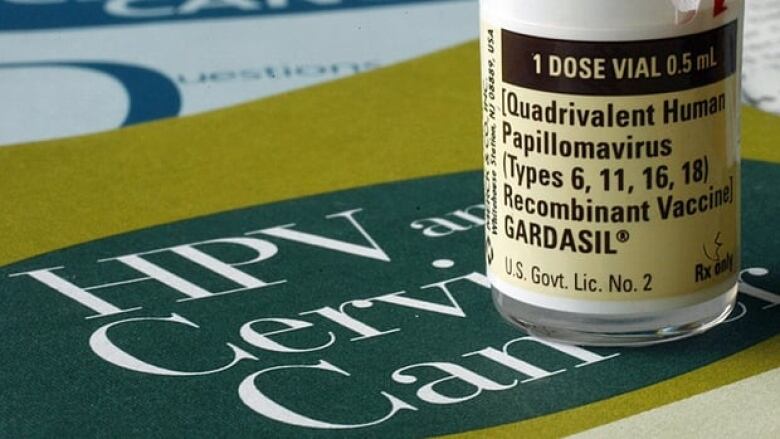Cervical cancer could be eliminated in next century, international study finds
In Canada, the HPV immunization rate is currently about 80 per cent

Cervical cancer could be eliminated within the next 20 years in Canada and within a century globally, which would represent a huge victory for women's health, according to two international studies done with the participation of Quebec researchers.
These goals are contingent on a 90 per cent vaccination rate against the human papilloma virus (HPV), good cervical cancer screening rates and access to adequate treatment.
The results of the research, produced in part by a team led by Marc Brisson of Universit Laval's faculty of medicine and the CHU de Qubec-Universit Laval research centre, were published in the prestigious international medical journal The Lancet.
The researchers used projections based on mathematical models, calculating the effect of targets advocated by the World Health Organization (WHO).
Specifically, the WHO calls for 90 per cent of young girls to be vaccinated against HPV by 2030, for 70 per cent of women to be screened once or twice for cervical cancer during their lifetimes and for 90 per cent of women with precancerous lesions or cervical cancer to have access to adequate treatment.
In Canada, the immunization rate is currently about 80 per cent, with girls and boys getting vaccinated in fourth grade.
Since vaccination coverage is good in the country, and since women easily have access to screening, the researchers predict cervical cancer could be eliminated here more easily than elsewhere. In North America, the disease could be virtually eliminated by 2040, they say.
The study is the first to estimate the number of cervical cancer cases that could be avoided and the moment when the disease could be eliminated if the WHO targets were applied.
The researchers project the incidence of the cancer could diminish 97 per cent in the next century, which would prevent 72 million cases across the world.
According to Mlanie Drolet, co-author of the study, the WHO targets are realistic. Drolet, an epidemiologist at the CHU de Qubec-Universit Laval research centre, says some countries where the HPV vaccine has been introduced have already reached 90 per cent vaccination rates. Barriers remain however, including access to screening tests and treatments.
In an interview, she said countries need to make political and financial commitments to reach the targets.
The work was used to establish the WHO's strategy to eliminate cervical cancer, which will be submitted for adoption at the organization's policy-setting assembly in May.












_(720p).jpg)


 OFFICIAL HD MUSIC VIDEO.jpg)
.jpg)



























































































